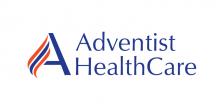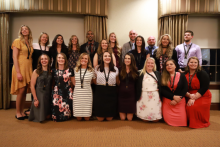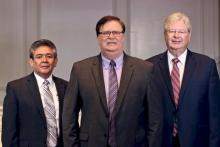Editorial by Jorge Aguero
In the Bible, the Old Testament speaks about the people of Israel. In it we find the experiences of an insignificant nation (Deut. 7:7), but chosen by God to be a special people (Deut. 7:6).
God prescribed special encounters for His people; this is why the Israelites gathered at least three times a year to worship and share God’s blessings. There were solemn feasts or holy convocations (see Leviticus 23).
Today, the New Jersey Conference also has a special time of year when brothers, sisters and friends come to worship together as one big family. It is a time when the conference’s more than 120 Adventist congregations gather to share their faith and blessings God has poured out on them.









 Story by V. Michelle Bernard
Story by V. Michelle Bernard
